Exploring Future Frontiers in Physics
The future is being written in the language of physics. From AI-driven scientific discovery to the mind-bending power of quantum technologies, solar energy breakthroughs, and the hidden physics of living systems, groundbreaking advances are redefining what’s possible. Can AI help design new materials, revolutionize drug discovery, and tackle climate change? How do the symmetries of nature shape the universe—and the future of technology? What new quantum breakthroughs will transform computing, communication, and sensing? And how can physics drive the future of solar power, making clean energy more efficient and accessible?
Join us at Physics for Future for an exciting journey into the frontiers of science, where physics meets the future.
Programme overview
Wednesday 14 May:
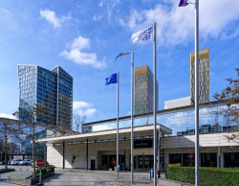
Welcome Words, Plenary Talks and panel discussions
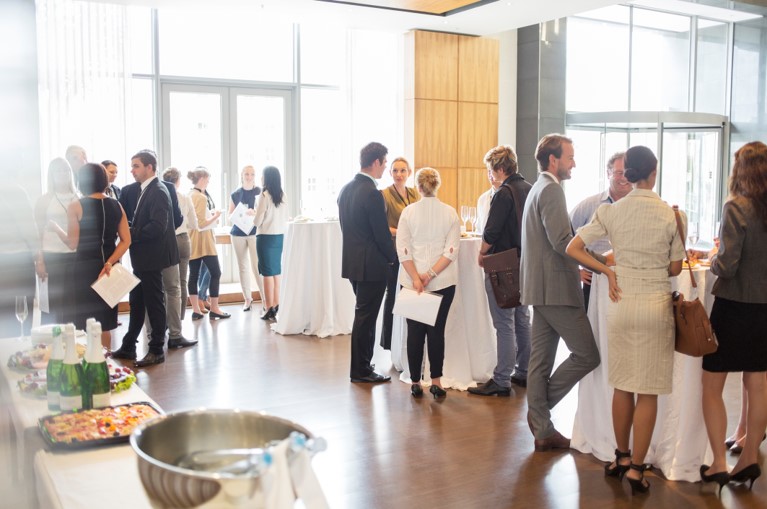
Walking lunch
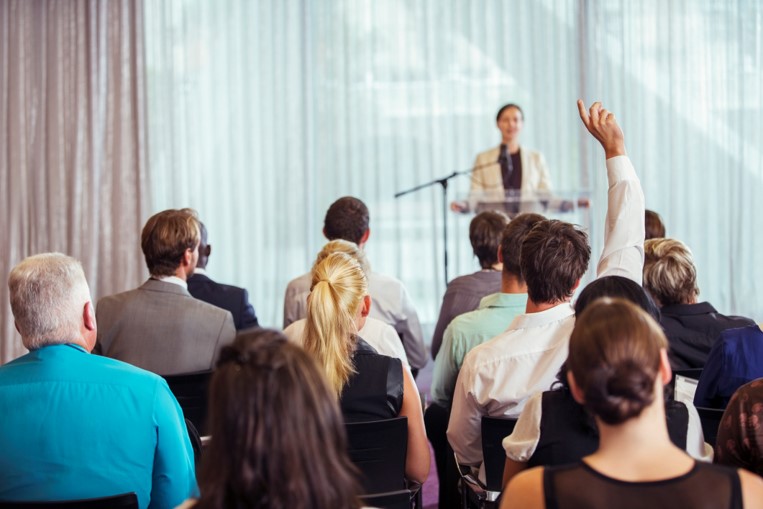
Plenary Talks and panel discussions
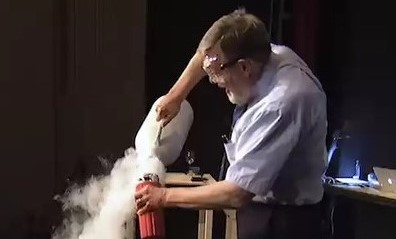
Live experiment by a Nobel Prize Laureate

Enhanced walking dinner and social cocktail
Novotel – Kirchberg
Enjoy a selection of freshly brewed coffee, tea, and light refreshments while networking with fellow attendees. This offers a great opportunity to connect, exchange ideas, and recharge before the next session.
Join us as we launch the Physics for Future event with welcoming remarks from our hosts. This opening session sets the stage for an engaging and insightful one-and-a-half-day program, introducing key themes and what to expect.
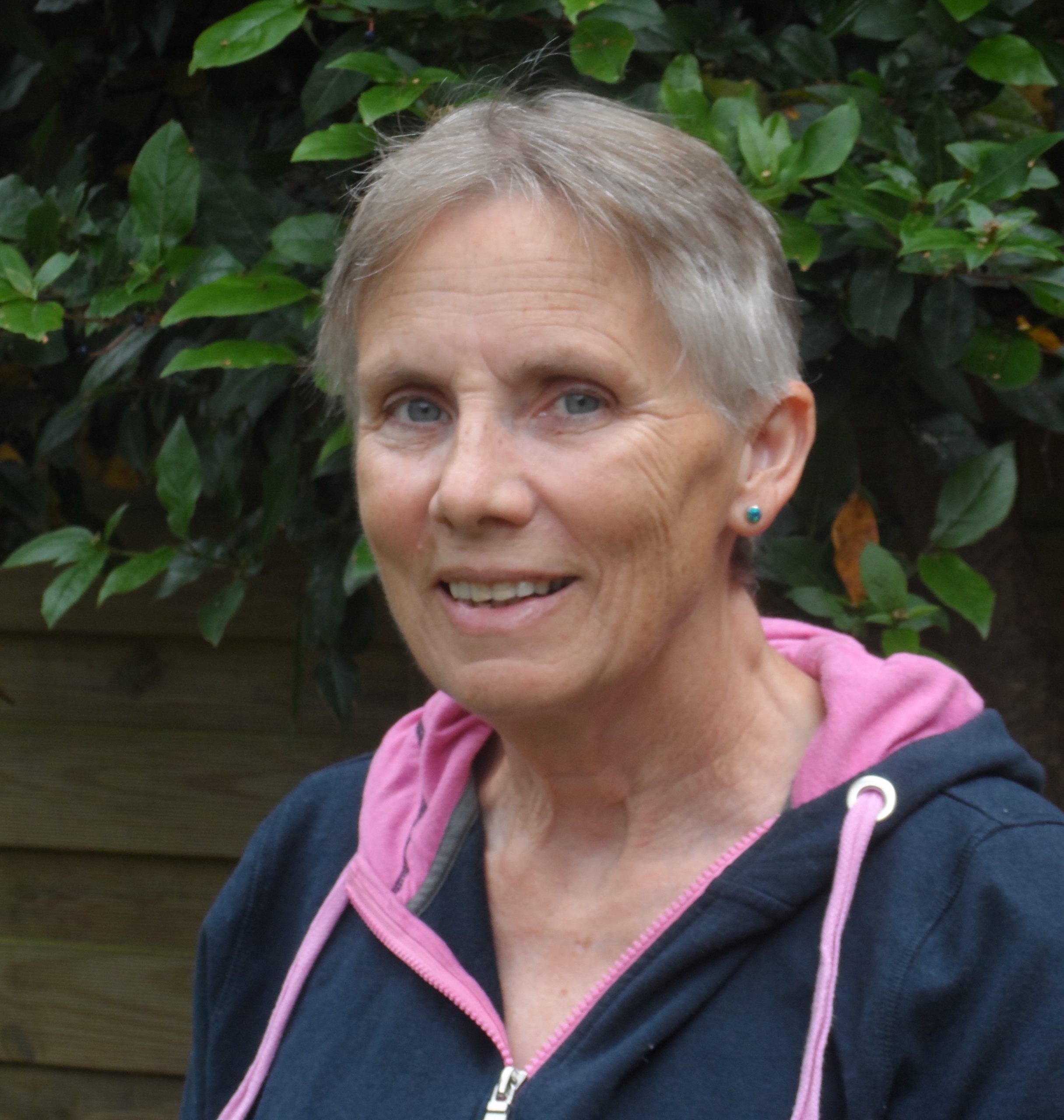
Life is constantly in motion, powered by energy that drives everything from tiny molecular machines to the grand choreography of growing organisms. Within each cell, nanoscale motors transport molecules with remarkable precision, while groups of cells self-organize into complex structures, shaping the growth of animals and plants from a single cell. This energy-driven organization extends to larger scales too, in the synchronised motion of shoaling fish, flocking starlings and the flow of human crowds.
Viewing living systems as active matter is changing the way we think about biology. From designing microscopic engines, to deciphering the secrets of how a chick takes shape, to mapping the spread of cancer – active matter physics is helping to open new directions. The more we explore, the closer we get to using nature’s own rules to solve complex real-world challenges in ways we are only beginning to comprehend.
Enjoy a selection of freshly brewed coffee, tea, and light refreshments while networking with fellow attendees. This break offers a great opportunity to connect, exchange ideas, and recharge before the next session.
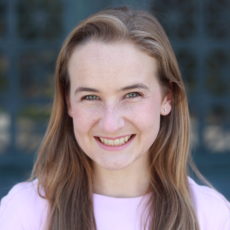
Symmetry shapes the physical world—from the structure of materials to the behavior of molecules and the laws of nature. As AI becomes a tool for designing physical systems, it is essential that our models respect these fundamental symmetries. By embedding geometric and physical principles directly into machine learning architectures, we can create AI systems that do more than fit data — they operate naturally on the structure of physical systems, enabling deeper insights and discovery.
In this talk, I will explore how symmetry-aware AI methods, particularly equivariant neural networks, provide a principled framework for designing materials, molecules, and engineered systems. These models leverage the inherent symmetries of space to capture and predict physical behavior in a way that is both robust and interpretable. I will highlight recent breakthroughs in AI-driven design and discuss emerging capabilities that will further integrate physics and AI, unlocking new possibilities in science and technology.
Enjoy a casual, buffet-style lunch while mingling with fellow attendees. This flexible format allows you to network, exchange ideas, and recharge before the next session.
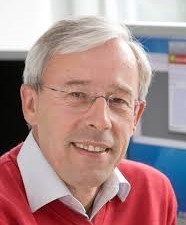
Quantum computing, simulation, communication and sensing with quantum optical platforms
On a microscopic scale, our world is governed by quantum physics. Beyond the fundamental questions and ‘mysteries’ of quantum mechanics, the ability to control this microscopic realm opens up exciting opportunities for new applications and quantum technologies—potentially more powerful than their classical counterparts. As we celebrate 2025 as the International Year of Quantum Science and Technology, marking 100 years since the formulation of quantum mechanics by Heisenberg and Schrödinger, we also commemorate three decades of progress in quantum information and quantum computing. This talk will provide an overview of quantum information from both conceptual and historical perspectives. We will explore the implementation and applications of quantum computers and simulators, quantum networks, and quantum metrology. Our primary focus will be on quantum optical systems, such as atoms and ions manipulated by laser light—prototypical examples of engineered quantum many-body systems. These systems can be controlled at the level of individual quanta, enabling precise manipulation, engineering, and distribution of quantum entanglement. Topics will include trapped ions as universal quantum processors, as well as digital and analog simulations of strongly correlated quantum matter using Rydberg atoms in tweezer arrays. We conclude by showcasing examples from recent research, ranging from quantum simulation in condensed matter and high-energy physics to the verification of quantum devices approaching the regime of quantum advantage, as well as entanglement-enhanced quantum sensing.
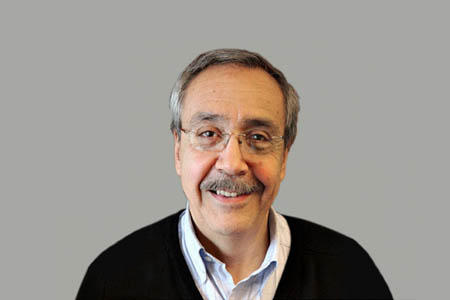
The advent of single molecule force spectroscopy represents the introduction of forces, torques, and displacements as controlled variables in biochemistry. These methods afford the direct manipulation of individual molecules to interrogate the forces that hold together their structure, the forces and torques that these molecules generate in the course of their biochemical reactions, as well as the use of force, torque, and displacement as tools to investigate the mechanisms of these reactions. Because of their microscopic nature, the signals detected in these experiments are often dominated by fluctuations, which, in turn, play an important role in the mechanisms that underlie the operation of the molecular machines of the cell. Their direct observation and quantification in single molecule experiments provide a unique window to investigate those mechanisms. In this talk I will make a semi-historical presentation of how the various developments occurred in my laboratory. I will describe various results from the elasticity of DNA, the mechanical unfolding of RNA and protein molecules, and the characterization of various molecular machines.
Tramsschapp – Limpertsberg
Enjoy a selection of freshly brewed coffee, tea, and light refreshments while networking with fellow attendees. This break offers a great opportunity to connect, exchange ideas, and recharge before the next session.
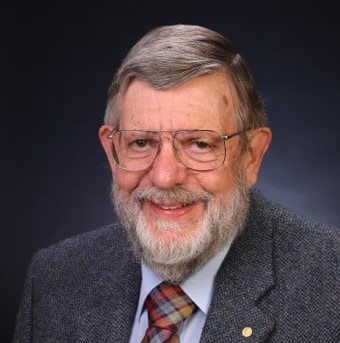
At the beginning of the 20th century Einstein changed the way we think about Time. Now, early in the 21st century, the measurement of Time is being revolutionized by the ability to cool a gas of atoms to temperatures millions of times lower than any naturally occurring temperature in the universe. Atomic clocks, the best timekeepers ever made, are one of the scientific and technological wonders of modern life. Such super-accurate clocks are essential to industry, commerce, and science; they are the heart of satellite navigation systems, which guide cars, airplanes, and hikers to their destinations. Today, the best primary atomic clocks use ultracold atoms, achieve accuracies better than one second in 100 million years, while a new generation of atomic clocks is leading us to re-define what we mean by time. Super-cold atoms, with temperatures that can be below a billionth of a degree above absolute zero, use, and allow tests of, some of Einstein’s strangest predictions.
This will be a lively, multimedia presentation, including exciting experimental demonstrations and down-to-earth explanations about some of today’s hottest (and coolest) science.
We start at 18:00 with an opening speech of Prof. Jens Kreisel (Rector of Uni.lu), followed by the introduction to the IGD by Prof. Lucien Hoffmann (LIST), followed by introduction of the speaker by Prof. Adolfo del Campo (DPhyMS, Uni.lu).
Unwind after a day of discussions with a relaxed walking dinner and cocktail reception. Savor a variety of dishes and drinks while networking in an informal and friendly atmosphere.
Thursday May 15:
Novotel – Kirchberg
Enjoy a selection of freshly brewed coffee, tea, and light refreshments while networking with fellow attendees. This offers a great opportunity to connect, exchange ideas, and recharge before the next session.
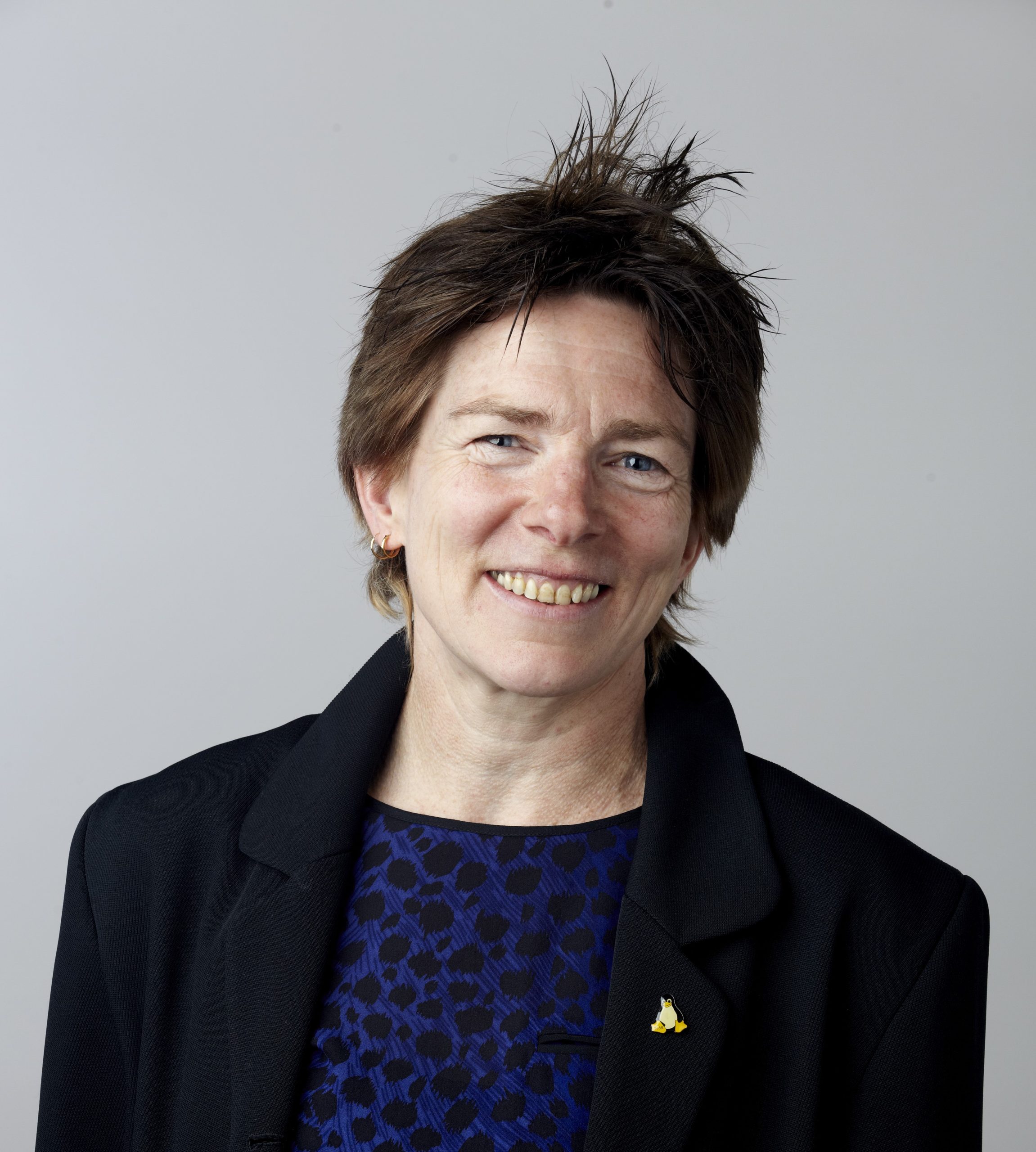
In order to constrain global temperature rise and avoid dangerous climate change, sustained growth in renewable electricity supply is needed. Solar radiation is an abundant, renewable and versatile energy source that delivers useful energy as electricity, via photovoltaics, as heat or as chemical fuels. While photovoltaic technology has advanced remarkably to perform close to its thermodynamic limits and more cheaply than fossil fuels, it still provides under 10% of global electricity. Meanwhile, other forms of solar energy conversion are so far barely exploited. Further improvements in efficiency and cost of solar technologies are on the way, but the take-up is influenced by other factors including policies, design of the energy system, and status of associated technologies such as power networks, energy storage and demand management. We will discuss the opportunities for solar energy to advance the global energy transition, considering the underpinning physical limits, future technology developments and the role of solar in the energy system.
Enjoy a selection of freshly brewed coffee, tea, and light refreshments while networking with fellow attendees. This break offers a great opportunity to connect, exchange ideas, and recharge before the next session.
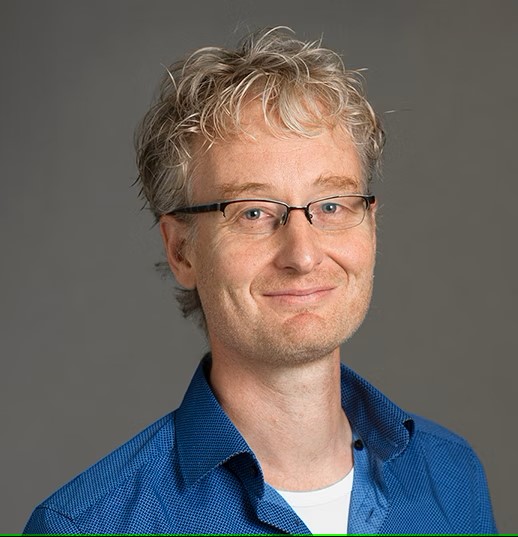
While Large Language Models and the race towards AGI have captured all the attention (and drama). However, AI is also disrupting the way we do science. By shifting as much work as possible from experiments to the digital domain we can dramatically accelerate our understanding and prediction of nature, and design of new molecules and materials with desired properties. Key recent successes include weather prediction, protein design and folding (for which the 2024 Nobel prize was awarded) and Machine Learned Force Fields for chemical simulations. These developments are fundamental to keep Moore’s Law alive (better semiconductors), develop new drugs, develop new sustainable energy solutions (nuclear fusion, synthetic fuels, batteries) and remove the excess carbon dioxide from our atmosphere (Carbon Capture and Removal). In this talk I will give an overview of some of these developments and argue that Europe needs to invest in this area to stay competitive and leave a clean planet for our children.
Sofitel Kirchberg (upon invitation)
